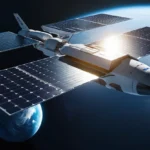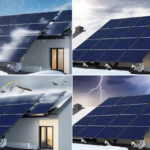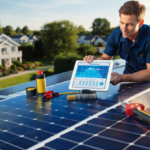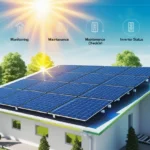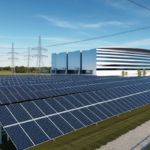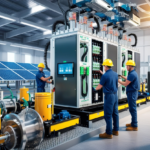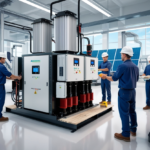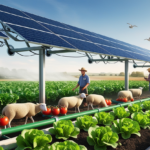If you’ve noticed your energy savings aren’t quite what you expected, it could be a sign that your solar panel system isn’t performing at its best. Many homeowners assume that once panels are installed, they’ll work flawlessly forever. But like any other technology, solar systems require monitoring and occasional troubleshooting to maintain peak performance.
This article walks you through the most common reasons your solar panels might underdeliver—and how you can identify and fix each issue before it impacts your long-term investment
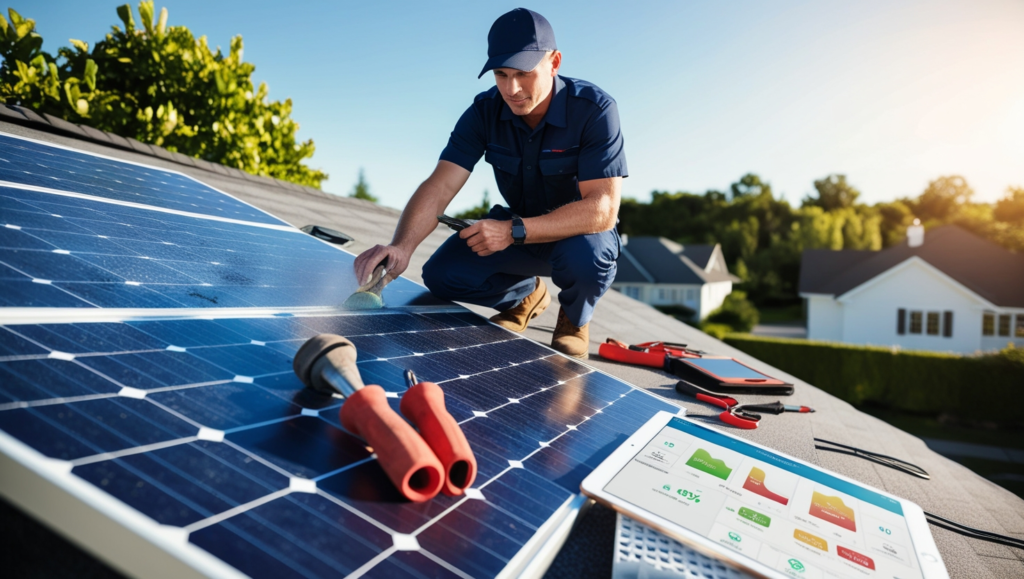
1. Dust, Debris, and Pollen Buildup
When your solar panels are coated in dirt or leaves, sunlight can’t reach the photovoltaic cells effectively. Even a thin layer of dust can block up to 20% of sunlight from being converted into electricity.
What You Can Do:
- Check your panels visually every few weeks.
- Clean them with a hose and a soft cloth or hire a professional for deep cleaning.
2. Inverter Malfunctions
Your inverter is the brain of your solar system. If it’s malfunctioning or displaying error codes, your panels could be generating power that isn’t getting converted properly.
What You Can Do:
- Monitor your inverter’s display regularly.
- Contact a certified solar technician if you notice red lights or error messages.
3. Wiring or Connection Issues
Loose or damaged wiring can reduce the efficiency of your solar system or pose safety hazards.
What You Can Do:
- Don’t attempt to repair electrical components yourself.
- Schedule an annual inspection with your solar provider or a licensed electrician.
4. Shading from New Obstructions
Trees grow, new buildings go up, and seasonal changes can all introduce new shading that wasn’t accounted for during your initial installation.
What You Can Do:
- Inspect for new shade patterns throughout the year.
- Trim nearby trees or consider repositioning panels if needed.

5. Panel Degradation Over Time
Even the best solar panels lose efficiency as they age. While this is normal, accelerated degradation could indicate an underlying issue.
What You Can Do:
- Review your panel’s warranty and expected performance metrics.
- Consider a performance audit every few years.
6. Weather Damage
Severe storms, hail, or high winds can crack or misalign panels, reducing their effectiveness.
What You Can Do:
- Inspect your panels after major weather events.
- File an insurance claim or contact your installer for repairs if damage is visible.
7. Monitoring System Glitches
If your monitoring app or web portal shows unexpected drops in production, it could be the system itself that’s inaccurate—not your panels.
What You Can Do:
- Reboot the monitoring system.
- Cross-check production data with your electric bill or contact support.
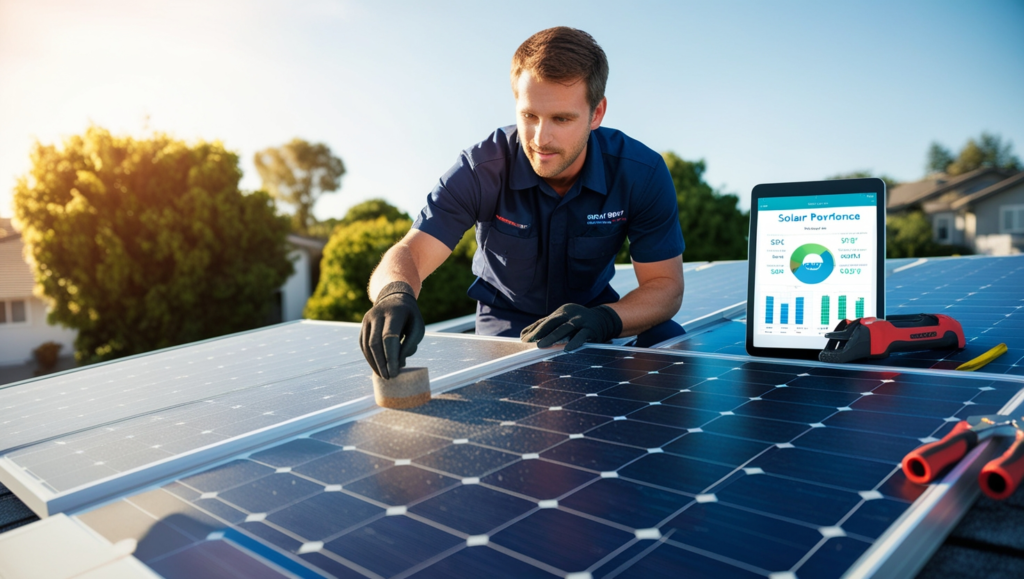
Proactive Maintenance Tips
To keep your system running like new:
- Schedule a professional check-up once a year.
- Keep a record of energy production levels.
- Monitor your inverter and utility savings regularly.
Conclusion
Your solar panels are a long-term investment that pays dividends in energy savings and sustainability. But without proper attention, even minor issues can snowball into major performance losses. By keeping an eye on these common trouble spots and taking action early, you ensure your system delivers maximum value for years to come.
Want to ensure your solar system stays in top shape? Subscribe to our newsletter for more tips, or contact a certified technician to schedule your annual maintenance today. The sun is working—make sure your system is too.
